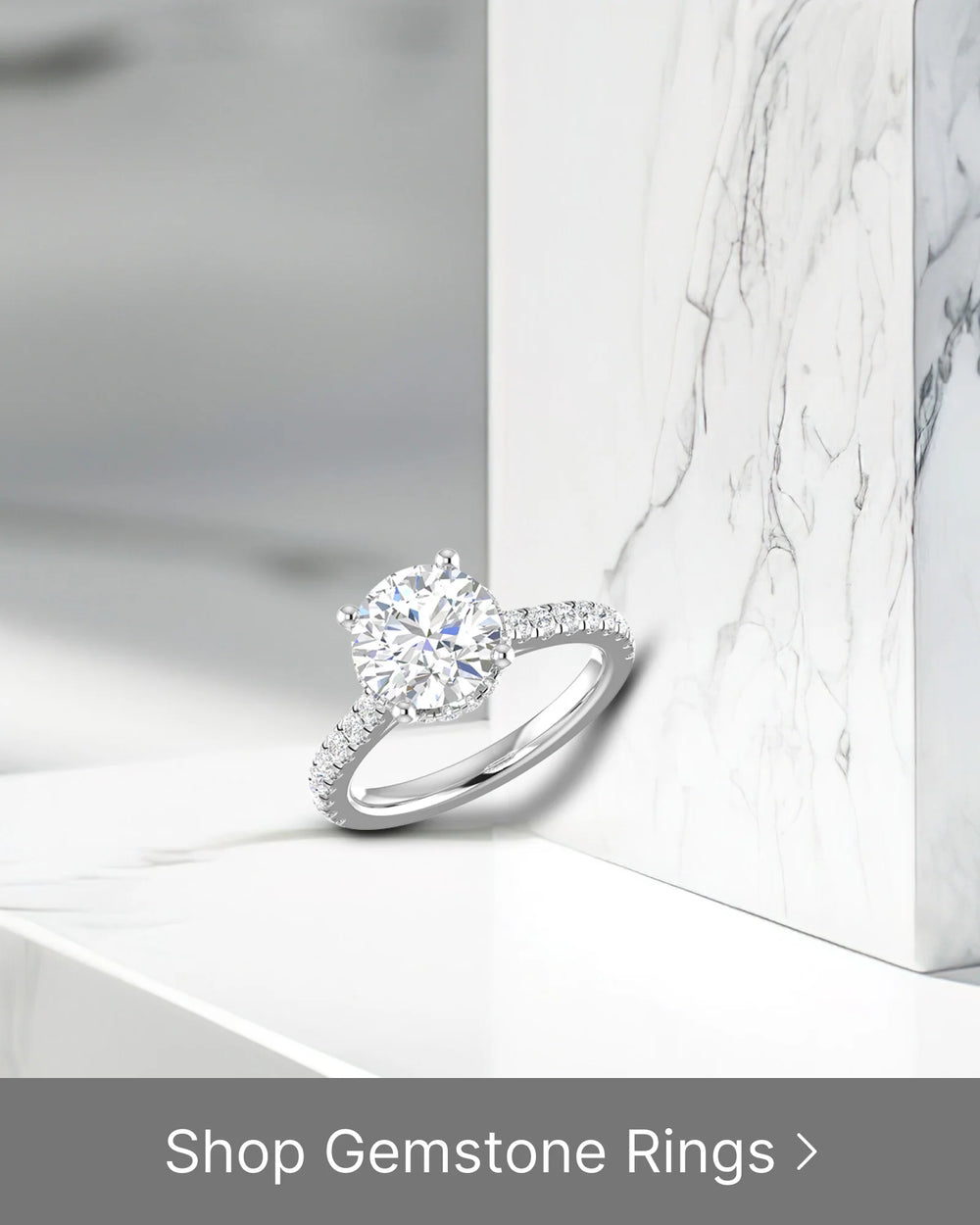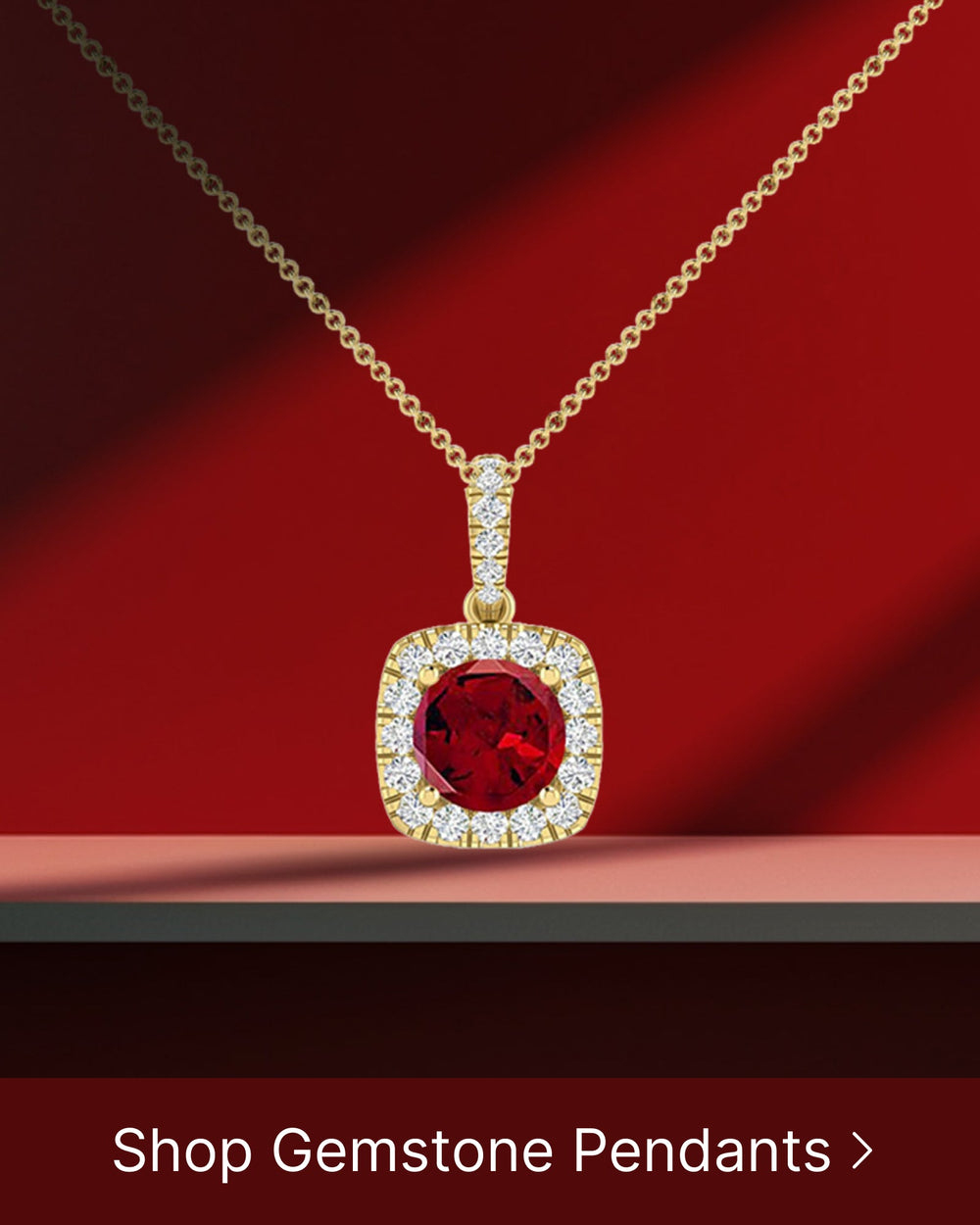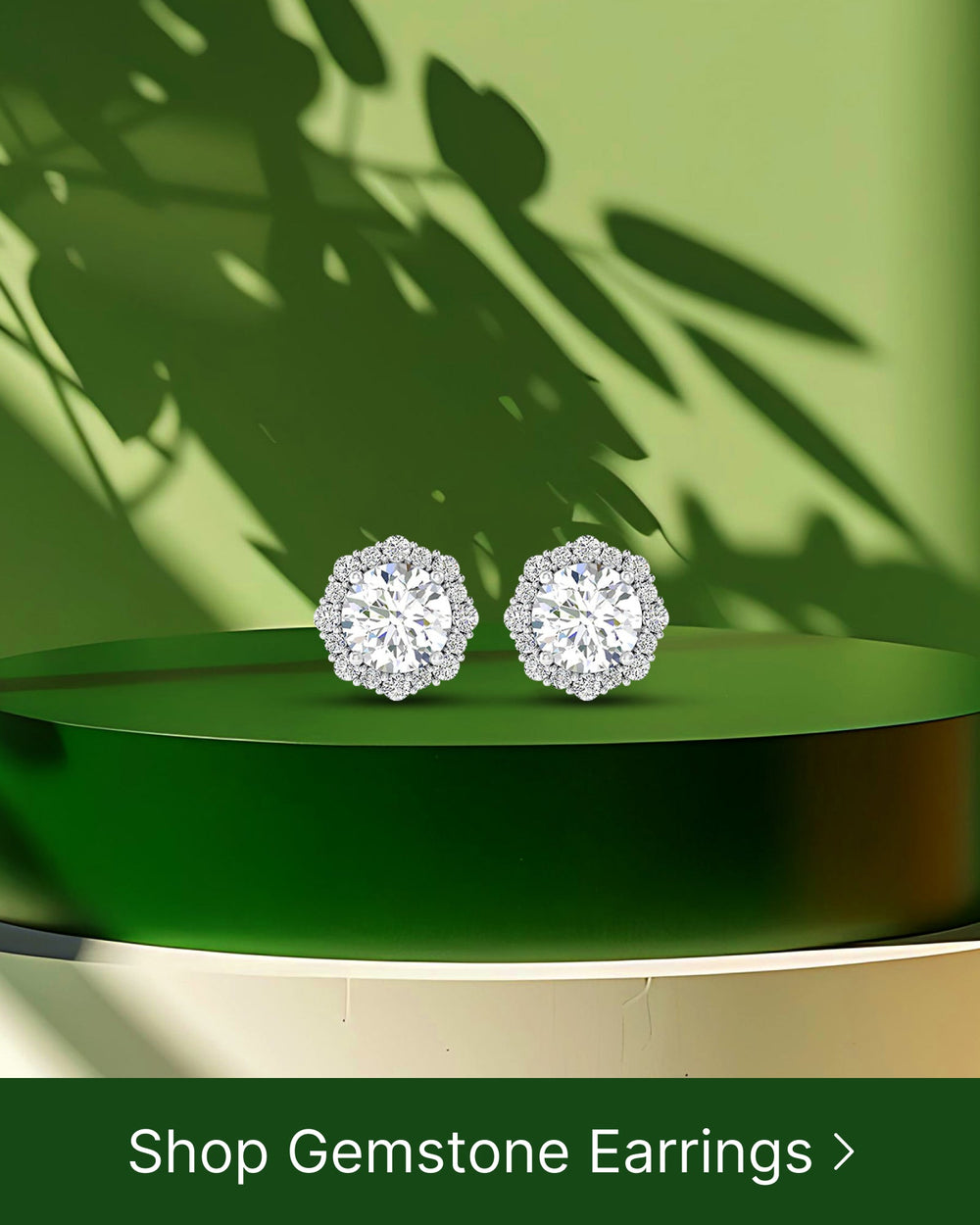Peridot, also known as "the gem of the sun," is a captivating gemstone with a rich history and deep symbolism. This article explores the historical importance, geological formation, symbolic meaning, value in the gem market, and the use of peridot in jewelry. By understanding these aspects, we can uncover the true significance of peridot and appreciate its beauty on a whole new level.
The Historical Importance of Peridot
Peridot has been cherished for centuries, with its origins rooted in ancient civilizations.
Ancient Civilizations and Peridot
In ancient times, peridot was highly valued by the Egyptians, who believed it to be the "gem of the sun." They believed the stone had protective powers and considered it a symbol of rebirth and vitality. Peridot artifacts have been found in Egyptian ruins, including jewelry and talismans.
Legend has it that Cleopatra, the last pharaoh of Egypt, was particularly fond of peridot. She believed that wearing peridot jewelry would bring her good fortune and protect her from harm. It is said that she adorned herself with peridot gemstones, not only for their beauty but also for their perceived mystical properties.
Peridot is also associated with ancient Greek mythology. It was believed to be tears of the goddess Pele, who controlled volcanoes. Greeks believed that wearing peridot would bring good luck and protect against evil spirits.
According to Greek mythology, peridot was believed to have formed from the tears of Pele, the goddess of fire and volcanoes. It was said that when Pele cried, her tears would turn into peridot gemstones as they touched the earth. These gemstones were then believed to possess the power to ward off darkness and bring light and prosperity to those who wore them.
Peridot in the Middle Ages
During the Middle Ages, peridot regained popularity in Europe. It was highly coveted by European royalty and clergy members. Peridot was often used in religious artifacts and adorned the crowns and jewelry of nobility.
It was believed that peridot had the ability to ward off evil spirits and protect the wearer from harm. As a result, peridot became a popular gemstone among the clergy, who often incorporated it into their religious artifacts and adornments. The vibrant green color of peridot was seen as a symbol of renewal and spiritual growth, making it a fitting choice for religious jewelry.
Peridot was also highly sought after by European royalty, who saw it as a symbol of wealth and power. Kings and queens would often commission intricate pieces of jewelry featuring peridot gemstones, showcasing their status and opulence. The vibrant green hue of peridot was seen as a reflection of the lush landscapes and fertile lands that the nobility owned and ruled over.
During this time, peridot was also believed to possess healing properties. It was thought to aid in digestion, alleviate stress, and promote overall well-being. As a result, peridot was often used in medicinal remedies and potions, with healers and physicians prescribing it to their patients.
The Geological Formation of Peridot
Peridot, a gemstone known for its vibrant green color, has a fascinating geological formation process. It is formed deep within the Earth's mantle and is brought to the surface through volcanic activity.
The journey of peridot begins in the depths of the Earth, where extreme heat and pressure create the perfect conditions for its formation. Deep within the mantle, olivine minerals, composed of magnesium and iron, undergo a remarkable transformation.
The Unique Mineral Composition of Peridot
Peridot belongs to the olivine group of minerals, which are silicate minerals made up of magnesium and iron. This unique mineral composition is what gives peridot its distinct brilliance and fire.
Within the olivine group, peridot stands out with its vibrant green hue. This color is a result of the presence of iron in its crystal structure. The higher the iron content, the deeper and more intense the green color of the peridot gemstone.
Interestingly, peridot is one of the few gemstones that occurs in only one color. While other gemstones exhibit a range of colors, peridot's vivid green shade is its signature characteristic.
The Role of Volcanic Activity in Peridot Formation
Volcanic activity plays a crucial role in the formation and transportation of peridot. As volcanic eruptions occur, magma from deep within the Earth's mantle rises to the surface, carrying with it the precious peridot crystals.
During these volcanic processes, the olivine minerals present in the magma undergo further transformation. The intense heat and pressure experienced during volcanic eruptions cause the olivine minerals to crystallize and form peridot crystals.
It is fascinating to think that peridot, with its vibrant green beauty, is born out of the fiery depths of volcanic activity. This natural phenomenon highlights the intricate relationship between geological processes and the creation of gemstones.
Once the volcanic activity subsides, peridot can be found in various forms. It can be discovered in lava flows, volcanic ash deposits, and even in the sands of beaches where volcanic material has eroded over time.
Peridot's association with volcanic activity extends beyond its formation. In ancient times, people believed that peridot crystals found in volcanic ashes were the tears of the volcano goddess, Pele. This mythological connection adds an enchanting layer to the already captivating story of peridot.
In conclusion, the geological formation of peridot is a remarkable process that involves the deep transformation of olivine minerals within the Earth's mantle and their subsequent transportation to the surface through volcanic activity. The unique mineral composition of peridot, combined with its association with volcanic processes, makes it a gemstone that is both visually stunning and scientifically intriguing.
The Symbolic Meaning of Peridot
Beyond its physical beauty, peridot carries deep symbolic meaning and is associated with various cultural beliefs.
Peridot, with its vibrant green hue, has captivated the imagination of people throughout history. Its mystical properties and rich symbolism have made it a revered gemstone in many cultures and mythologies.
Peridot in Mythology and Folklore
Peridot holds a special place in Egyptian mythology, where it was believed to possess powerful protective properties. Ancient Egyptians believed that wearing peridot would shield them from nightmares and bring them happiness and strength. The vivid green color of peridot was associated with the lushness of nature and the renewal of life.
In Hawaiian folklore, peridot is believed to be the tears of the volcano goddess Pele. According to the legend, peridot gemstones are formed when Pele's tears mix with the lava and cool down. These gemstones are considered sacred and are believed to have the power to ward off evil spirits and bring good fortune to the wearer.
Peridot also holds significance in ancient Greek mythology. It was believed to be a gift from the sun god Apollo, symbolizing his love and light. The Greeks associated peridot with vitality, joy, and prosperity.
Peridot as a Birthstone: The August Connection
Peridot's association with the month of August has further deepened its symbolic meaning. As the birthstone for August, peridot is believed to bring good fortune, love, and light to those who are born in this month. It is a stone that symbolizes strength, love, and generosity.
August-born individuals are said to be blessed with the qualities represented by peridot. They are believed to possess a strong sense of self, radiating warmth and compassion towards others. Peridot is thought to enhance their natural abilities and bring them closer to their true potential.
Furthermore, peridot is believed to have healing properties that can soothe the mind, body, and soul. It is said to promote harmony, reduce stress, and bring about a sense of inner peace. The vibrant green color of peridot is also associated with growth, renewal, and abundance.
Whether worn as a birthstone or simply appreciated for its beauty, peridot continues to be a gemstone that carries deep symbolic meaning. Its rich history, mythological associations, and connection to the month of August make it a cherished and meaningful choice for jewelry and personal adornment.
The Value of Peridot in the Gem Market
Peridot holds a unique position in the gem market and offers an affordable alternative to other gemstones.
Factors Influencing the Price of Peridot
Several factors influence the price of peridot. These include color, clarity, size, and cut. The most valuable peridot gemstones have a vibrant green color, minimal inclusions, and a cut that maximizes their brilliance.
The Impact of Quality and Size on Peridot's Value
Peridot is available in various sizes and qualities. Larger and higher-quality peridot gemstones are rare, which increases their value. However, peridot remains relatively affordable compared to other gemstones, making it a popular choice for jewelry enthusiasts.
The Use of Peridot in Jewelry
Peridot's enchanting green hue and unique characteristics make it a sought-after gemstone for jewelry designers.
Popular Peridot Jewelry Designs
Peridot is often featured in a wide range of jewelry pieces, including rings, necklaces, earrings, and bracelets. Its vibrant green color complements both gold and silver settings, creating stunning and versatile jewelry designs.
Caring for Your Peridot Jewelry
To ensure that your peridot jewelry maintains its beauty, proper care is essential. Peridot is relatively durable but can be prone to scratching due to its moderate hardness. It is advised to store peridot jewelry separately and avoid exposing it to abrasive materials.
In conclusion, peridot's historical significance, geological formation, symbolic meaning, value in the gem market, and its use in jewelry all contribute to its profound importance. Whether you appreciate peridot for its captivating history, its stunning beauty, or the personal connection it holds as a birthstone, understanding the value and meaning of peridot enhances our appreciation of this remarkable gemstone.





